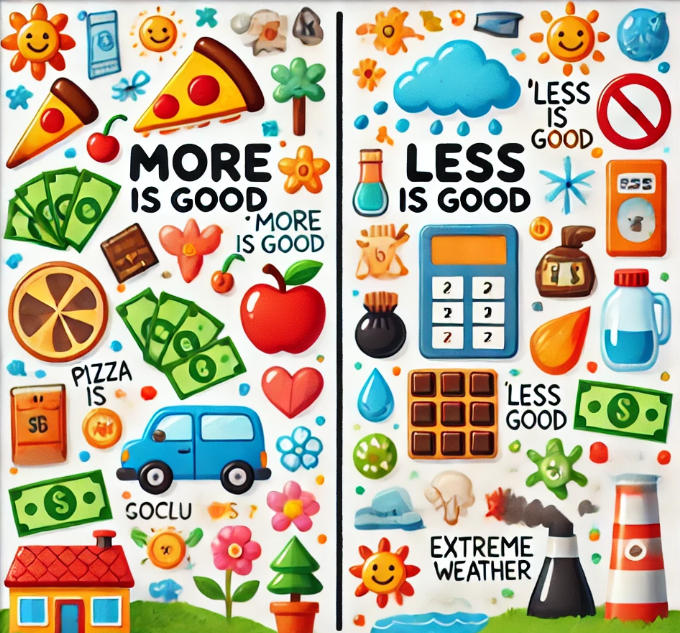How We Turned Math (and Life) into a Creative Thinking Lesson

Recently, I had a pretty cool (and surprisingly deep) math session with my youngest, and I thought I’d share it with you—it’s one of those “homeschooling moments” that reminds me why we do this.
Turning Math into “Pizza”
We started with a simple analogy to help her get a better feel for math. She loves turkey pepperoni pizza, so I asked her to think about math as if it were pizza. Just like we all have favorite pizza toppings, we have favorite parts of math. Her favorite? Multiplication and addition. Least favorite? Subtraction and division (especially division, which she’s been struggling with lately).
It was a fun way to get her talking about math in a new light—and I realized how important it is to help our kids connect with what they’re learning, even if it’s not their favorite “topping” at first.
Creative Thinking: When is “More” Good or Bad?
Then, she said something interesting: she likes addition more than subtraction because she likes the idea of “more.” So, we turned that into a creative thinking exercise. I wrote the word “more” on the whiteboard and made two columns: Good and Bad. I asked her to brainstorm situations where more is a good thing versus when it’s not.
Here’s some of what we came up with:
- Good: More pizza, more chocolate, more money, more vacation time!
- Bad: More time added to a swim meet (she’s a competitive swimmer), more weight (for adults), more schoolwork from her perspective!
Then we did the same for less (without just choosing the opposite of what we’d listed). We thought of examples like:
- Good: Less gas used, fewer cavities, less pollution, and fewer extreme weather events.
- Bad: Less food, fewer housing options, and fewer jobs.
It was a fun way to encourage critical thinking and explore how the same concept—“more” or “less”—can be good or bad depending on the situation.
Connecting It Back to Math
After our brainstorm, we brought it back to math. We talked about how subtraction and division can sometimes feel “negative” or like you’re losing something, but it’s also necessary. I reminded her how multiplication used to be her least favorite, but with practice, it’s now something she’s confident in and actually enjoys.
We decided to try shorter, more frequent sessions for division, and I’m incorporating other fun math-related activities she likes to keep it balanced.
Takeaways for Your Homeschool
- Use Analogies: Compare math or any challenging subject to something they enjoy (like pizza!). It helps them see the subject from a new angle.
- Make It Relatable: Help kids connect concepts like “more” and “less” to everyday life. It turns abstract ideas into something tangible.
- Balance Practice with Fun: If a subject feels tedious, find ways to mix in other topics they enjoy. We’re doing division in shorter bursts with plenty of time for other math-related games and activities.
Homeschooling lets us connect learning to real life in ways that are meaningful for our kids. Sometimes a simple chat about pizza or “more vs. less” turns into a deep learning moment.
If you have any fun strategies for helping your kids work through challenging topics, reply and let me know—I’d love to hear about them!


